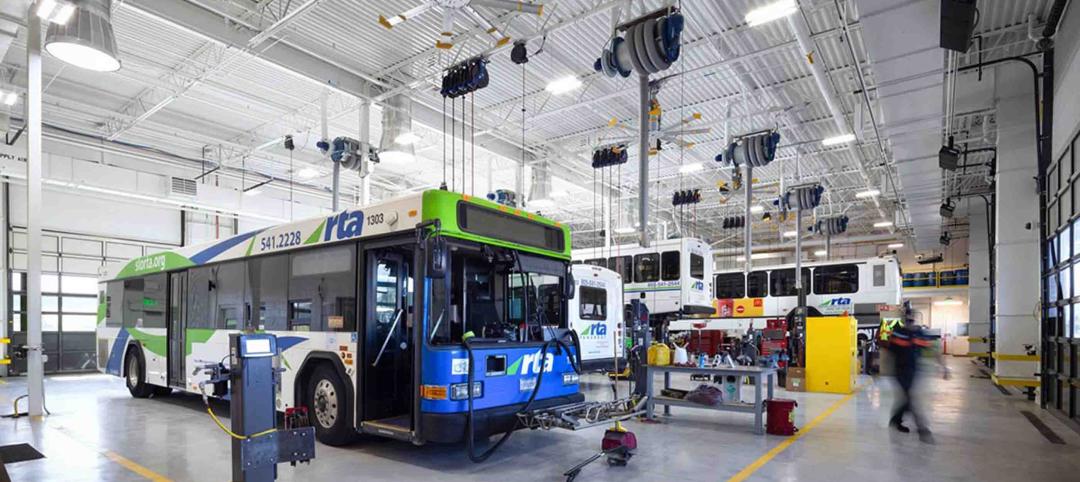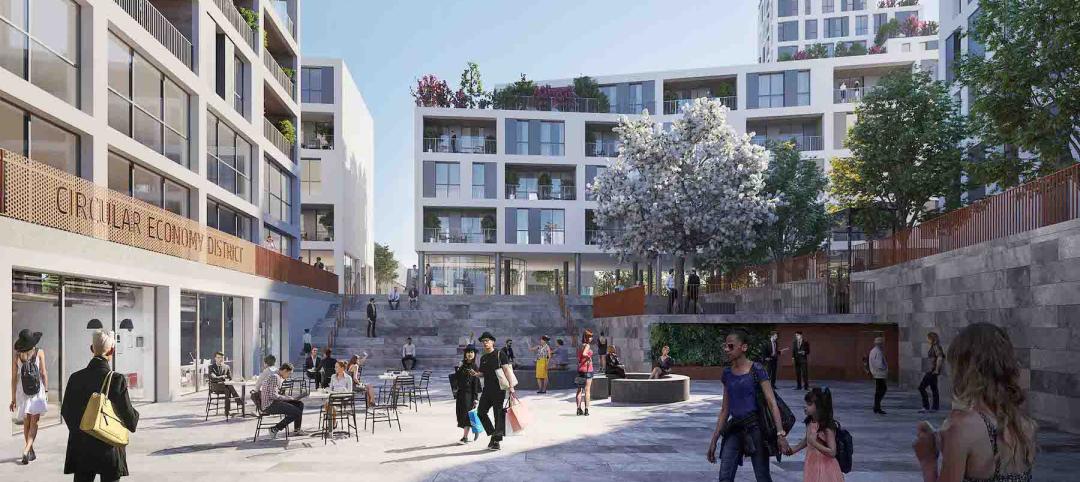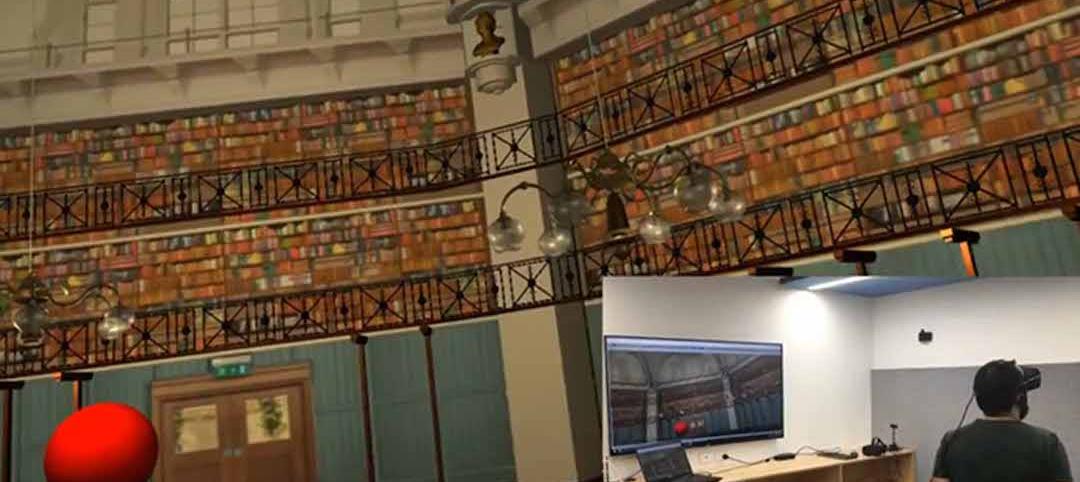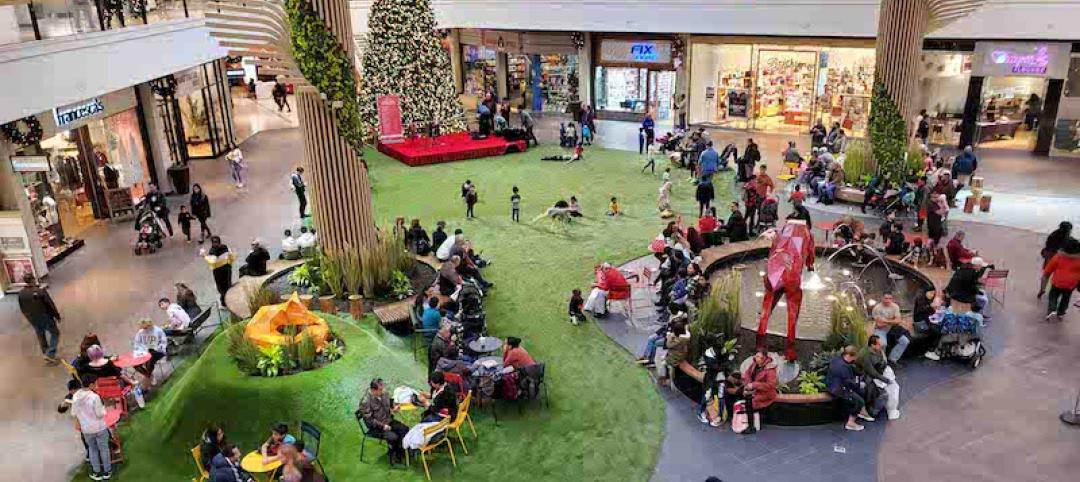Today, branding is everywhere. If you ask Google, you can find all kinds of pithy quotes about what branding is or what a good brand does. To me, branding is a series of elements that make people associate an emotion with an entity. Think of Amazon, Volkswagen, Lululemon, or W Hotels. Now, think of what type of office space those companies might have. What does it look like? What does it feel like to be an employee there? Or a client? Spend a moment at a company’s headquarters and you should understand what that company is all about and where it’s going.
Today’s office is a three-dimensional calling card. If your office space isn’t a true reflection of your brand, you’ve missed an opportunity to connect your story to your audience in meaningful and lasting ways.
At Stantec, our multidisciplinary teams have been collectively creating spaces that reflect and evolve our clients’ brands for years. The projects below highlight three different but successful approaches to creating brand impact at the head office.
IBM Mass Lab’s wall graphics utilize employee photography to provide the staff with a sense of ownership in their workplace.
A culture of collaboration (at IBM Mass Lab)
When IBM recognized that collaboration amongst its software brands was key to its evolution, the firm consolidated six Massachusetts divisions. The result was a new workplace for 3,400 employees with more square footage than Boston’s Fenway Park. Recognizing the need to break the large spaces into smaller ones, our interior design team created “neighborhoods” and within those, several areas designated for graphics. That’s where my team came in. Our challenge was to make those graphics reflect not only IBM as an organization but the people who work there. To reinforce IBM’s global influence, we started by identifying all the cities around the world where IBM has a prominent presence. Next, we curated a selection of panoramic photos that captured the spirit of each place. Those panoramic photos were then recreated as mosaics, each one comprised of thousands of smaller snapshots. The best part? Many of the snapshots were contributed by IBM employees.
The takeaway? The value of most companies is their people. Capture the energy and passion of your employees, and you’ll go a long way towards expressing company identity.
At Clarks North America headquarters, a path through the physical space represents the company’s history and growth.
A forward journey (at Clarks North America Headquarters)
On the opposite end of the brand spectrum lies a work space designed for shoe brand Clarks by my interior design colleagues here in Boston. Steve Basque and team created a headquarters that both honors the shoemaker’s heritage and propels it into the future. To accomplish this, they created a path through the physical space—it starts at a glowing beacon of an atrium to a “main street” entry floor, up a grand staircase, and to a living room. In doing so, the physical journey reflects the brand’s own 200-year history as well as its philosophy, that shoes aren’t fashion until they’re worn by people. In a space where every design element was selected for its ability to contribute to a subtle backdrop that puts the focus on the product, the team made a powerful statement in an understated way.
The takeaway? Brand pillars like history and hand-craftsmanship can be just as effective in a new office building as they are in an old warehouse.
The singular mission of ONE is represented in its minimalist and monochromatic work space design.
A singular mission (at ONE Campaign)
The international non-profit organization ONE seeks to eliminate extreme poverty and disease, particularly in Africa. Before my colleague Pablo Quintana and his team designed a new office for ONE, they lead the organization through a soul-searching exercise to explore a central question: What do our people do each day? The result is a space that demonstrates to visitors and staff exactly who the organization is and what it values. Anchored by two unique common areas, the new office emphasizes unity and collaboration. Inspired by its black and white logo and the style of its memorable ad campaign, the overall look for ONE is minimalist, monochromatic, high-contrast, and direct. The look aligns with the organization’s aesthetic and the singularity of its mission.
The takeaway? Before we can talk details like private offices, meeting rooms, finishes or fixtures, we need help the client and its employees discover and define who they are and what they value. As branding becomes increasingly more important to all types of organizations, we look forward to finding even more creative opportunities to infuse workplaces with reflections of our clients’ core values.
More from Author
Stantec | Apr 18, 2024
The next destination: Passive design airports
Today, we can design airports that are climate resilient, durable, long-lasting, and healthy for occupants—we can design airports using Passive House standards.
Stantec | Mar 18, 2024
A modular construction solution to the mental healthcare crisis
Maria Ionescu, Senior Medical Planner, Stantec, shares a tested solution for the overburdened emergency department: Modular hub-and-spoke design.
Stantec | Nov 20, 2023
8 strategies for multifamily passive house design projects
Stantec's Brett Lambert, Principal of Architecture and Passive House Certified Consultant, uses the Northland Newton Development project to guide designers with eight tips for designing multifamily passive house projects.
Stantec | Apr 10, 2023
Implementing human-centric design in operations and maintenance facilities
Stantec's Ryan Odell suggests using the human experience to advance OMSF design that puts a focus on wellness and efficiency.
Stantec | Jul 6, 2022
5 approaches to a net zero strategy that communities can start right now
Whether your community has started on a plan or is still considering net zero, now is the time for all of us to start seriously addressing climate change.
Stantec | Feb 14, 2022
5 steps to remake suburbs into green communities where people want to live, work, and play
Stantec's John Bachmann offers proven tactic for retrofitting communities for success in the post-COVID era.
Stantec | Feb 8, 2022
How gaming technology is changing the way we design for acoustics
Adding 3D sound from gaming engines to VR allows designers to represent accurate acoustic conditions to clients during design.
Stantec | Dec 15, 2021
EV is the bridge to transit’s AV revolution—and now is the time to start building it
Thinking holistically about a technology-enabled customer experience will make transit a mode of choice for more people.
Stantec | Sep 3, 2021
Passports to a net-zero carbon future
How materials passports can help designers achieve social value and net-zero carbon.
Stantec | Aug 25, 2021
The mall of the future: Less retail, more content
For the mall to survive, it will need to embrace nontraditional uses and “messy vitality.” Here’s how to do it.















